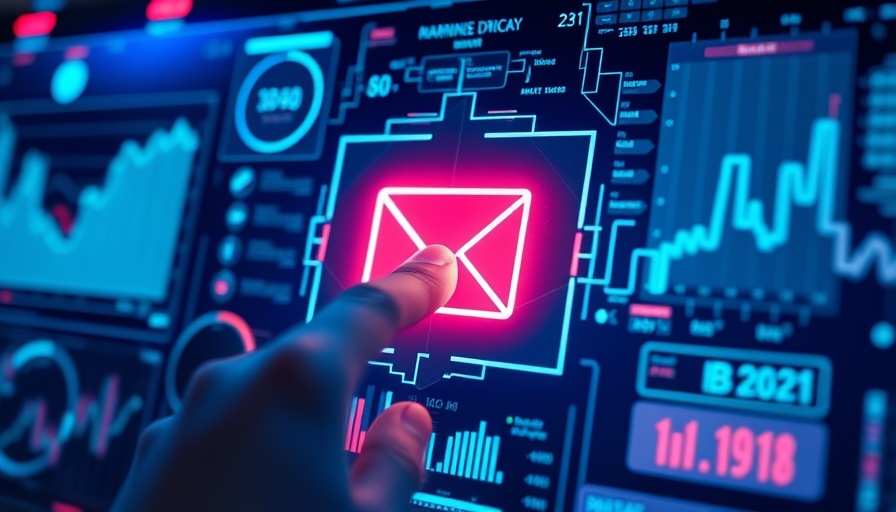
Imagine a Future Where Emails Write Themselves
In a world increasingly dominated by technology, it's time to rethink our relationship with email. The vision for Gmail by 2025 is not merely an upgraded inbox but rather a sophisticated assistant that manages our correspondence with unprecedented insight. Recent advancements in AI have laid the groundwork for a system that can understand context and intent better than ever before.
Why We Need AI to Streamline Communication
Let’s face it: managing email often feels overwhelming. Many of us still find ourselves sifting through endless threads, trying to tame the chaos of our inboxes. The proposals for Gmail's future suggest we shouldn’t just rely on smarter suggestions; instead, we need an AI that actively composes and manages emails based on our past interactions, intent, and even our usual tone.
Imagine finishing a meeting and having a polished follow-up draft waiting for you in Gmail. It could summarize the discussion, include relevant documents, and close with a personal touch—all without you lifting a finger. This is the level of convenience we should be demanding from today's technology. It’s not just about saving time; it’s about enhancing the way we communicate.
The Role of Emotional Intelligence in Email Management
Effective communication goes beyond simple automation; it requires emotional intelligence. Future Gmail features promise to include an understanding of tone and context, allowing it to suggest edits and rewrites that can cater to various situations. If an email sounds too formal or overly conciliatory, the system would provide alternative language that fits your personality and the context better. This level of sophistication is what modern professionals need to maintain clarity and intent in their communications.
Gmail as a Proactive Partner
Consider this: a project is behind schedule, and instead of waiting for you to remind clients, an intelligent Gmail proactively sends an update. It could draft a message that explains the delay while maintaining professionalism. Moreover, by keeping tabs on unanswered emails and stale proposals, this advanced AI would not only reduce your workload but also enhance your professional relationships.
Benefits of Embracing Next-Gen Email Technology
Having AI handle mundane email tasks will empower professionals to focus on more strategic endeavors. By minimizing the burden of daily email management, franchisors can devote more time to optimizing operations and ensuring franchisees live up to brand standards. This not only helps maintain consistency across various locations but also encourages a more engaged workforce that feels supported in their roles.
Closing Thoughts: The Future is Here
As we move deeper into an era dominated by AI and digital communication, it's vital for businesses—especially franchisors—to embrace these advancements. Utilizing specialized tools like a redesign of Gmail could be the key to operational excellence and enhanced brand performance. Are you ready to let AI take over part of your email burden? Embrace the future by focusing on what's possible today.
 Add Row
Add Row  Add
Add 




Write A Comment